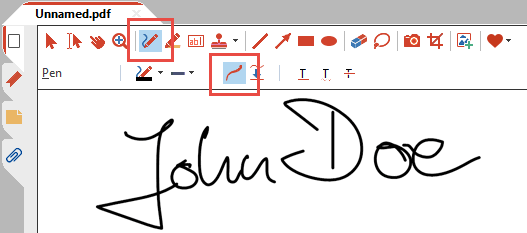

With authentication also comes a paper trail, which helps to protect you, and the signator. For now, the available selections include: The United States, Canada, The United Kingdom, Australia, Mexico, Spain, Germany, South Africa, Singapore, France, New Zealand, Italy, Belgium, The Netherlands, and Brazil. Tip: For both the Text Message (SMS) and Phone Call options, please check that the number is in the list of available countries.


Each are extra steps you as the author/originator of a document can set to assure that the person you want signing is the one signing. These include No Authentication, Password, Text Message (SMS), or Phone Call. Under Authentication, as seen above, you can select one of several options to verify and authenticate the signator. To combat this, many services have implemented authentication procedures to identify the signator.įor example, when using signNow and sending an invitation to sign, it is possible to choose an authentication method to confirm their identity. What is considered an electronic signature?Īn eSignature, while just as legally valid and binding and equivalent to paper or wet signatures, does not necessarily in and of itself prove the identity of the signator the same as wet or paper signatures. To start, let’s begin with what an electronic signature, also known as an eSignature, is. Digital signatures, or signature stamps, and electronic signatures are both unique, although they serve a very similar purpose. On many websites (many being credible sources for information) you might find the terms for both digital and electronic signatures being used interchangeably, however, this is very far from the truth. The unfortunate thing about the internet is that anyone who has anything to say can post on it. But it can be done! One such muddled area of confusion is the difference between a signature stamp, also known as a digital signature, and an electronic signature. What is worse is when they share the same acronym, making it impossible to know which is which! Sure, it might seem confusing, and it can take some time to clear the smoke to find a satisfactory answer. In today’s modern era, there are so many technologies of so many similar functionalities that it is no wonder some share similar names.


 0 kommentar(er)
0 kommentar(er)
